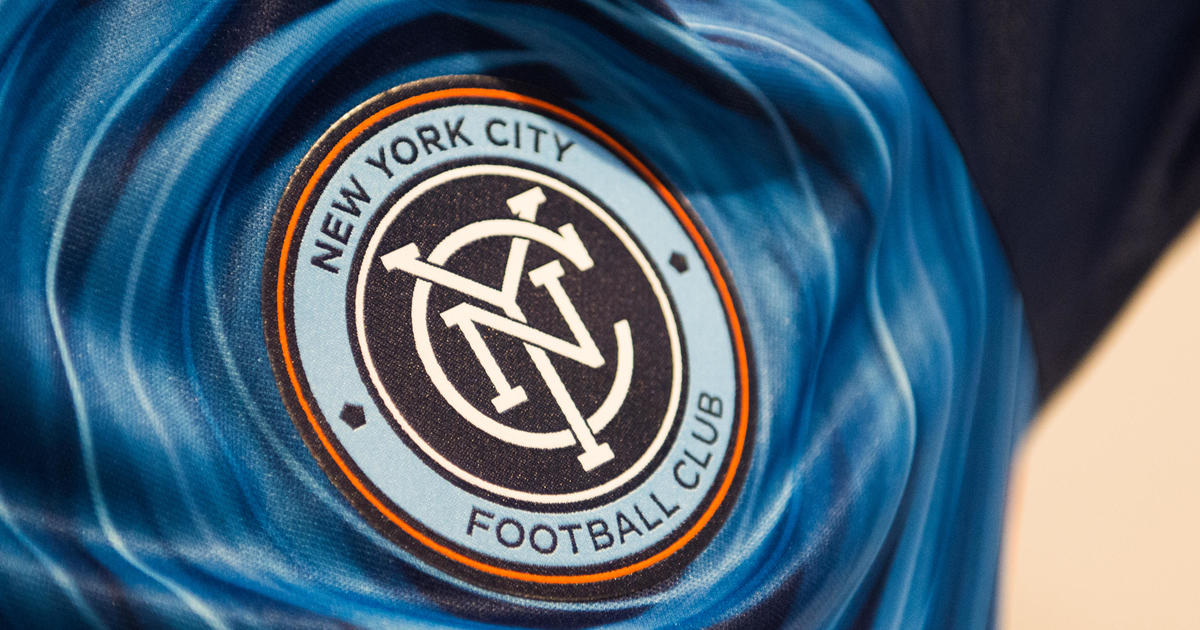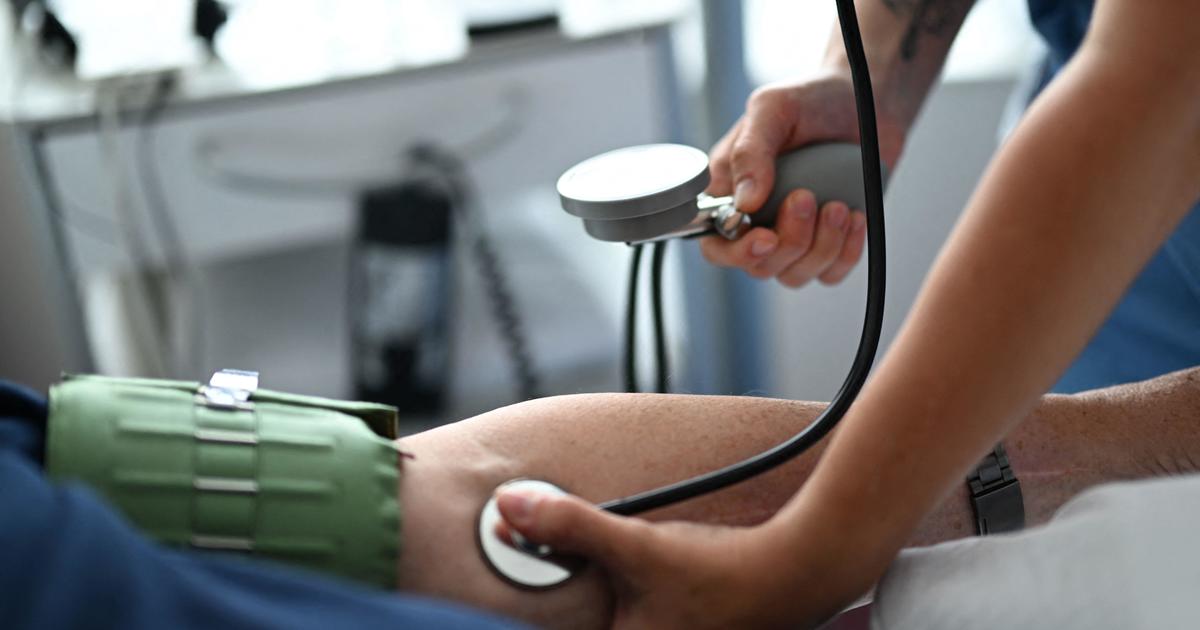Sims: Insight And Analysis Regarding Kevin Ware's Gruesome Injury
By Abby Sims
» More Columns
By now everyone knows about the gruesome open tibia fracture suffered by 20-year-old Louisville sophomore Kevin Ware in the first half of Sunday's contest against Duke. Ware reportedly underwent successful surgery to insert a rod to fixate the tibia and repair the soft tissue wound caused by the protruding bone. Now he will begin a long convalescence followed by rehab.
Though everyone's heart is with him and he is wished a complete recovery, what is less than certain is Ware's prognosis. Injuries such as this, though rare in basketball, are less so in football or from traumatic events such as auto accidents. Outcomes vary remarkably. Joe Theismann's compound tibia fracture suffered in 1985 (he also fractured the fibula) ended his football career, though he had already played professionally for 14 years -- 12 of which were in the NFL.
Complications from a compound fracture, where the bone punctures the skin and is exposed to the elements, are more common than following closed fractures. The most common complication is infection as a result of this exposure. Early administration of antibiotics are crucial, though offer no guarantee that Ware will be free of infection during the healing process.
SECOND OPINION: The Latest On Kevin Ware's Injury
Because the bone that sustains an open fracture results in significant displacement of the fragments, stabilization with a rod to correct the malalignment is required. The degree of displacement, or gap in the fracture, is another factor affecting the amount of healing time required for the bone to mend. Complications in bone healing include delayed or non-union, when the mending of the bone is slow or incomplete. The bone healing alone for a fracture such as Ware's could take up to six months. That is why it has been estimated that his recovery would likely take a full year.
Fractures can be traumatic -- as from a fall, a motor vehicle accident or a contact injury -- or they can be due to pathology in the bone that creates a predisposition. Ware's fracture occurred without contact, as he landed from a leap while attempting to block an open three-point shot. In the absence of trauma, some have wondered whether there were underlying bony issues such as undiagnosed stress fractures that had weakened Ware's tibia. It is unlikely that he had stress fractures without also experiencing pain, and preexisting complaints have not been reported.
Other complicating factors that must be guarded against and assessed during the healing process are neurologic in nature. Any damage to the nerves of the leg could result in diminished strength, sensation and function of the area below the level of the injury.
Studies done on non-athletes with shaft fractures of the tibia demonstrated that a significant number (nearly half) experienced some functional limitations due to the injury even 12 months after surgery. This was in spite of a low complication rate. With youth on his side, let's hope that Kevin Ware falls on the right side of that equation and has a long and rewarding basketball career ahead of him.
Offer your thoughts and comments in the section below...



